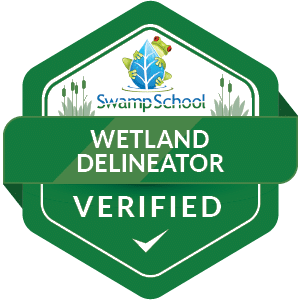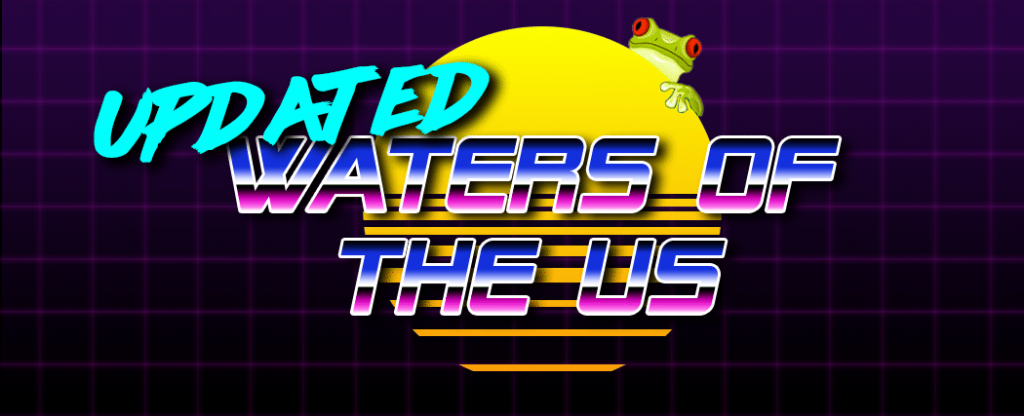Wetlands are home to various specific species that cannot be found on any other planet Earth. These landscapes support delicate ecosystems, represent a shelter for plants and animals, and provide food and clean water for humans.
Statistical data shows that 64% of the world’s wetlands have disappeared since the beginning of the 20th century, and the remaining ones are substantially diminished. Some of the most common types of wetlands are saltwater marshes, fens, swamps, peat bogs, and mangroves, and many of us undoubtedly have some kind of wetland near you.
Even the most minor changes are significant in preserving nature, and as individuals, we can protect our environment. So, what can you do to reverse the trend and protect the wetlands?
- Join a local wetland organization
If you live near a wetland, there are probably protection or preservation non-profit organizations dedicated to protecting the local area. With just a few clicks on the internet, you can find information about such organizations and contact them about volunteering. Present your skills and availability, and someone from the organization will ensure you get various tasks to help and protect the wetlands. Remember that every step, no matter how irrelevant it seems, is essential for preserving nature. If you are interested in working in the field, you can start with some clean-up projects, such as removing litter from the wetlands in your area.
- Plant trees, shrubs, and flowers
Humans have substantially changed the planet, and wetlands are not an exception. Over the last few years, wetlands have been filled and cleared according to the needs of people and organizations. This resulted in the disappearance of many native plants. Additionally, non-native plants can be invasive and thus pose a threat to the ecosystem of the specific wetland.
By gardening or landscaping your yard, you help the wetlands immensely. However, before you start planting anything, make sure to research which plants are native to your area. The invasive species can dominate over native flora and do more harm than good. Experts explain that, generally, birds and bees are more likely to pollinate native plants, so this is another way to help and support the nearby wetlands.
- Care for the environment at home
A significant part of the trash makes its way into the water in both liquid and solid form. The first step in protecting the wetlands is to limit the waste in your household. Anytime you can, reuse as many products as possible and buy recycled products.
People tend to overuse natural resources, and overconsumption is one of the biggest issues nowadays. Using sustainable and eco-aware ingredients and safe waste disposal methods is a particularly important step in protecting the wetlands in the long run.
Dispose of your household waste and trash responsibly, and never pour cleaning products down a drain. Always opt for unbleached products, phosphate-free detergents, and non-toxic products.
- Take Political Action
Report any illegal activity that might jeopardize the functioning of the natural circles, including wetlands and the ecosystems within. Wetlands are areas protected by the law, so if you see someone illegally dumping waste, cutting down plants, or pouring dirt into a wetland, call the environmental protection organization in your state or authorities in the local area. You can also search for “wetland protection” and the name of your state and report the illegal activity online. Make sure to add as many details as possible, such as descriptions of the vehicles, license plate numbers, descriptions of the people. STAY SAFE! Choose a spot to hide, and don’t approach anyone.
- Donate to organizations
Most non-profit organizations are underfunded, so donate or raise donations on behalf of organizations that focus on wetland protection. Lack of resources limits the power of non-profit organizations. Besides volunteering, you can focus on raising funds for protecting the wetlands. Many reputable wetland conservation organizations will ensure that your donation will be used for the intended purpose.
Many coastal states have the option to purchase a license plate that shows your support for preserving wetlands, and part of the funds goes to wetland organizations. You can provide long-term support with a monthly donation to the organization. Another option is to start a campaign on social media networks to raise conscience for the importance of protecting the wetlands.


